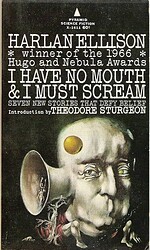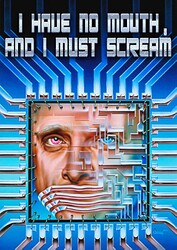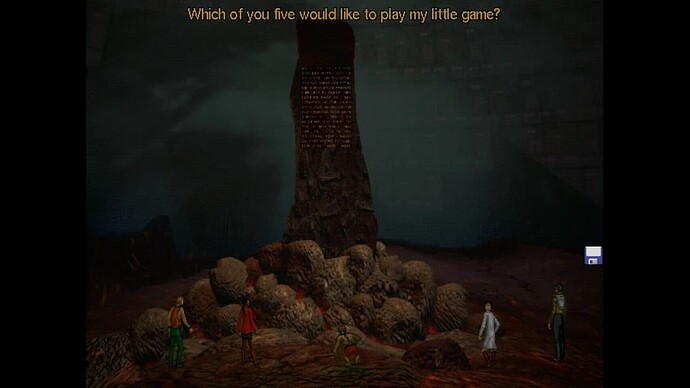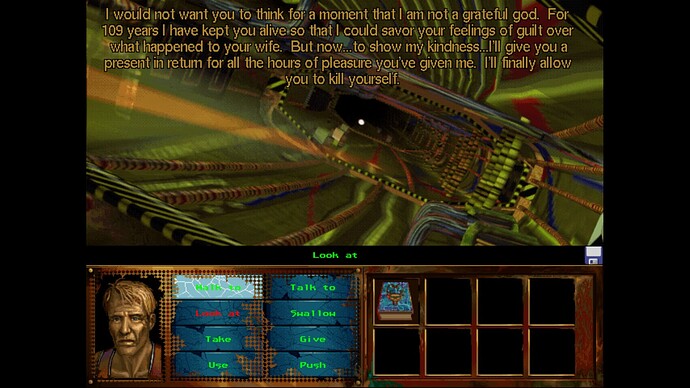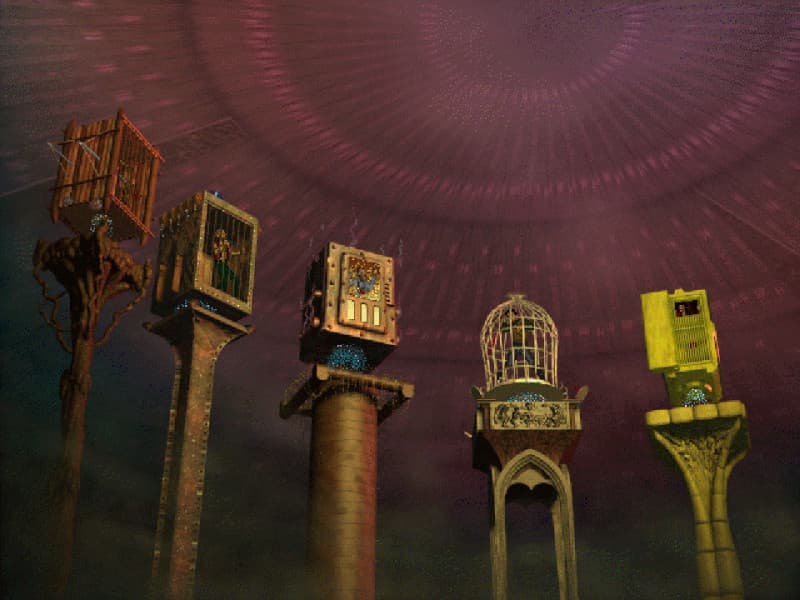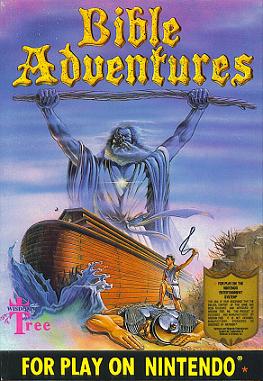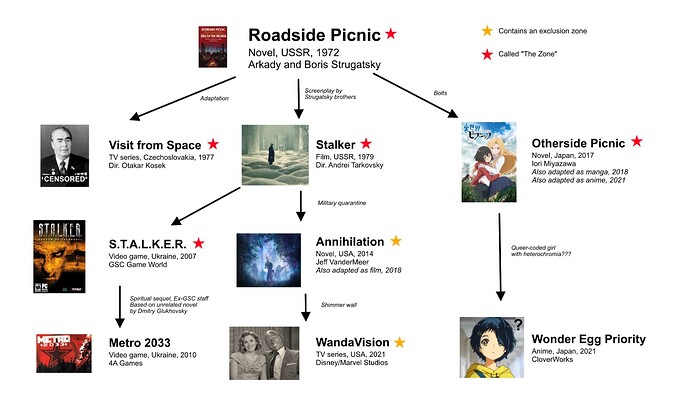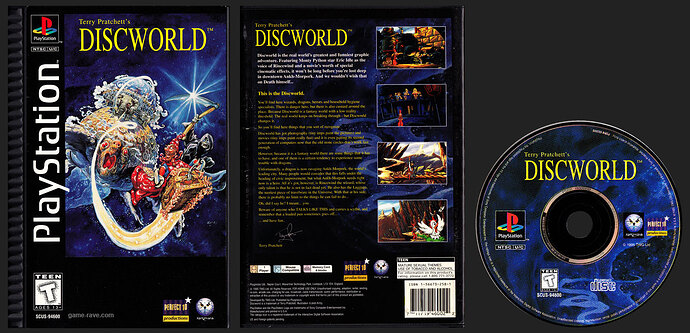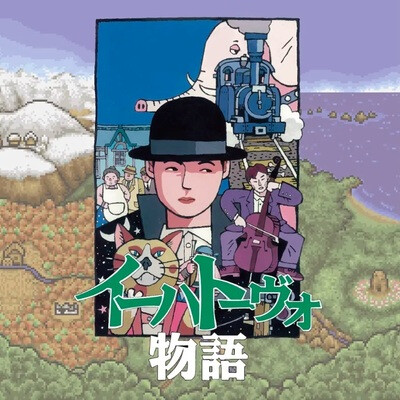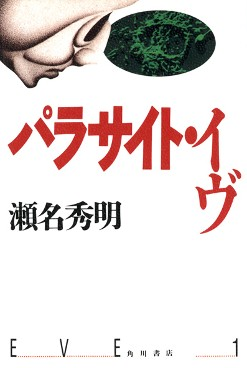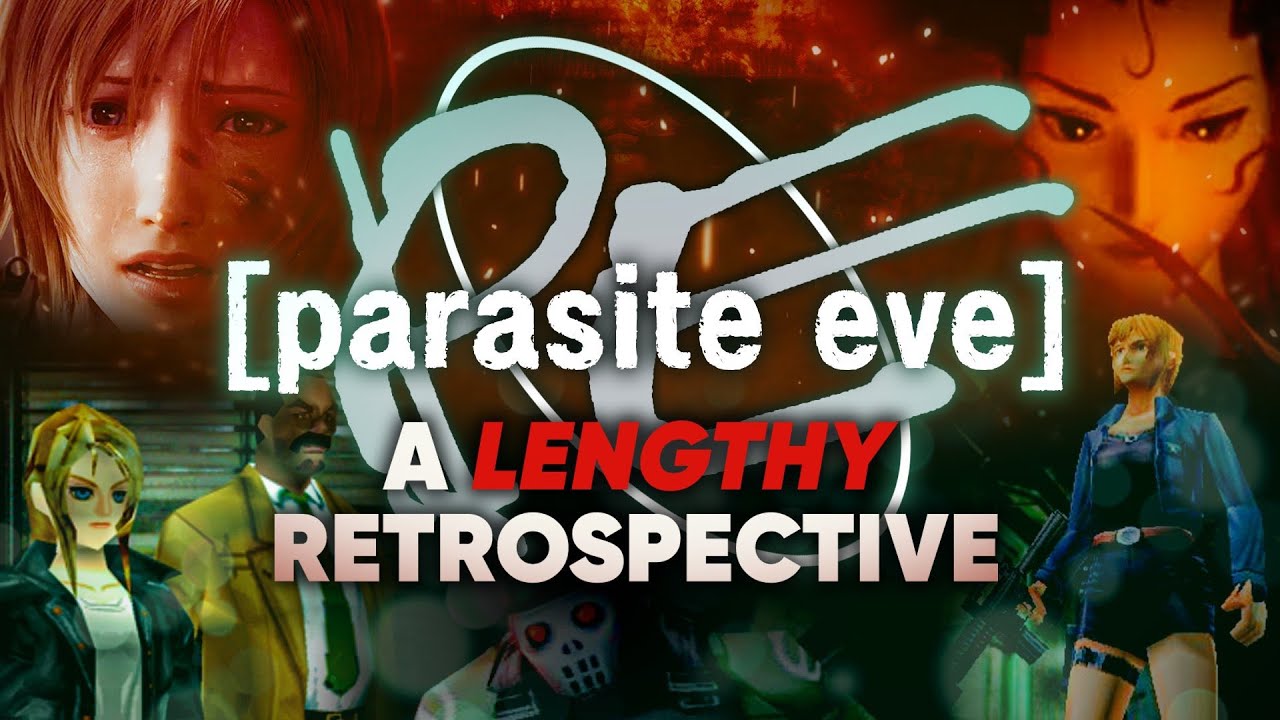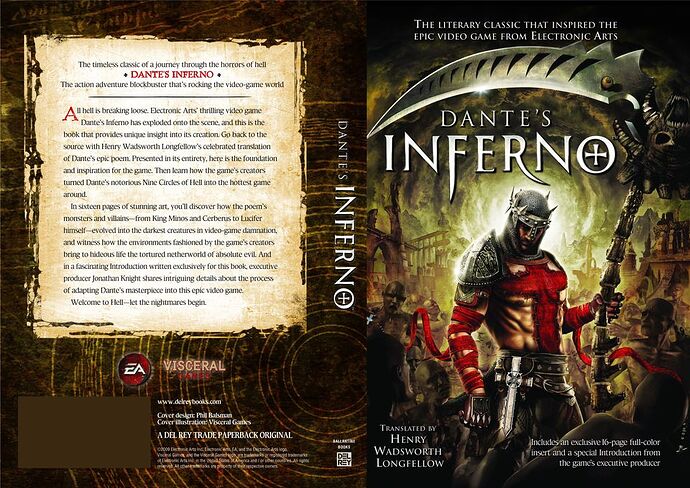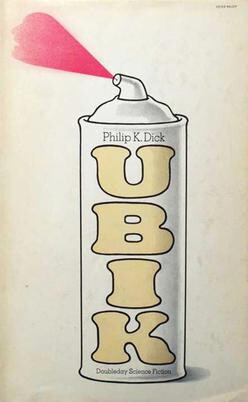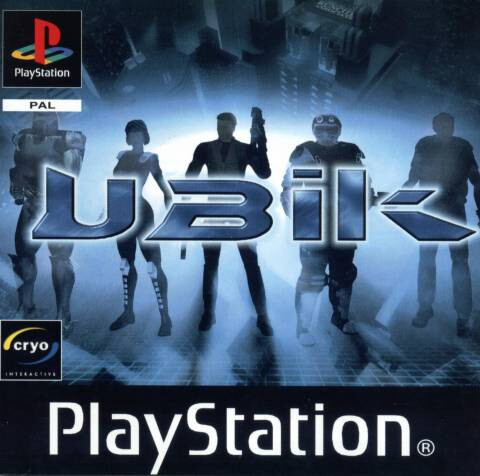Show me literature-to-video game inspirations and adaptations, or talk about how games intersect with (or could intersect with) books.
If it weren’t for the f i n a n c i a l s y n e r g y offered by movies and TV (or once offered by movies and TV, as even those adaptations have faded from consoles), it would be pretty strange that there aren’t more video games adapted from or “inspired by” books, especially in more recent generations. (Typically) longform to (typically) longform generally seems to make more sense than (typically) shortform to (typically) longform adaptations, you might think. But as it stands, there are few enough literature-to-game adaptations that it’s a novel (!) thing to talk about. But, there are also enough of them that I bet we can come up with a bunch.
I’d like to hear about straight adaptations, or games “inspired by” lit, or really anything adjacent, anything about how games and lit might intersect. Whatever you think might be interesting in that sphere (i.e., everyone knows the five Spider-Man games on the Game Boy are technically literary adaptations, but is there much to talk about there? I don’t know, probably not, but maybe).
As much as I’m tempted to talk about Parasite Eve, I’ll start with maybe the most obvious one:
I Have No Mouth, and I Must Scream (1967) by Harlan Ellison
I Have No Mouth, and I Must Scream (1995) by Cyberdreams/Dreamer’s Guild
This is probably one of the more famous literature-to-game adaptations (I learned typing this up that the short story is one of the ten most reprinted stories in the English language), so I’ll keep it straightforward and blurby to get us slow cooking.
I Have No Mouth, and I Must Scream is a 1967 short story by Harlan Ellison, first published in sci-fi magazine, IF: Worlds of Science Fiction, about a sentient, speculative Cold War AI called AM that – after becoming self-aware and nuking the human race into oblivion – maintains an undying hatred for its creator species by keeping five humans perpetually alive and manipulating and torturing them in various creative and nihilistic ways. It was an immediate hit (won a Hugo in 1968) and has stuck around for its obvious cultural relevance, from getting officially credited as an inspiration for The Terminator in 1984 to its clear parallels to today’s rapidly accelerating genAI hellscape. You can read it for free right here, and if you haven’t, you should – it’s only about 10-12 pages.
The 1995 Cyberdreams (with programming and artwork by Dreamer’s Guild) PC game adaptation is an example of a book-to-game adaptation that adds narrative rather than culling it (again, it’s a 10-12 page short story). According to producer David Mullich, the driving factor there started with the question, “Why were these people saved? Why did AM decide to save them?” This seed led Cyberdreams and Ellison (who was a present advisor throughout, but personally wrote only about 20 percent of the game’s total original dialogue) to flesh out the individual characters, with the idea that the game would be split into five vignettes – one for each person, with multiple endings, including one somewhat optimistic outcome not found in the short story (which has a singular downer of an ending). Under voice director Lisa Wasserman, Ellison, who narrated the audiobook and would again voice AM in the 2002 BBC radio play version, also voices AM here; I feel it’s a prescient choice that he didn’t use a “robotic” or synthetic sounding voice in his performance. Very much the opposite.
In 2025, the game is still very accessible, largely thanks to game preservationist studio Nightdive’s 2013 re-release, which is currently easily purchasable. You can get it cheap on GOG as part of the GOG Preservation Program, as well as on Steam, iOS, Android and (just in 2025) on PlayStation 4 and 5, Nintendo Switch, and Xbox One and Series X/S.
